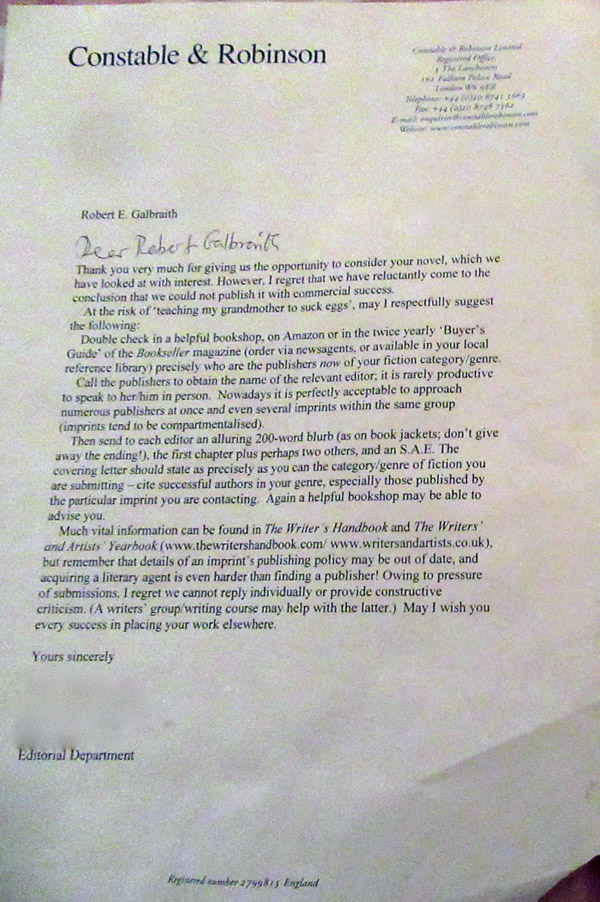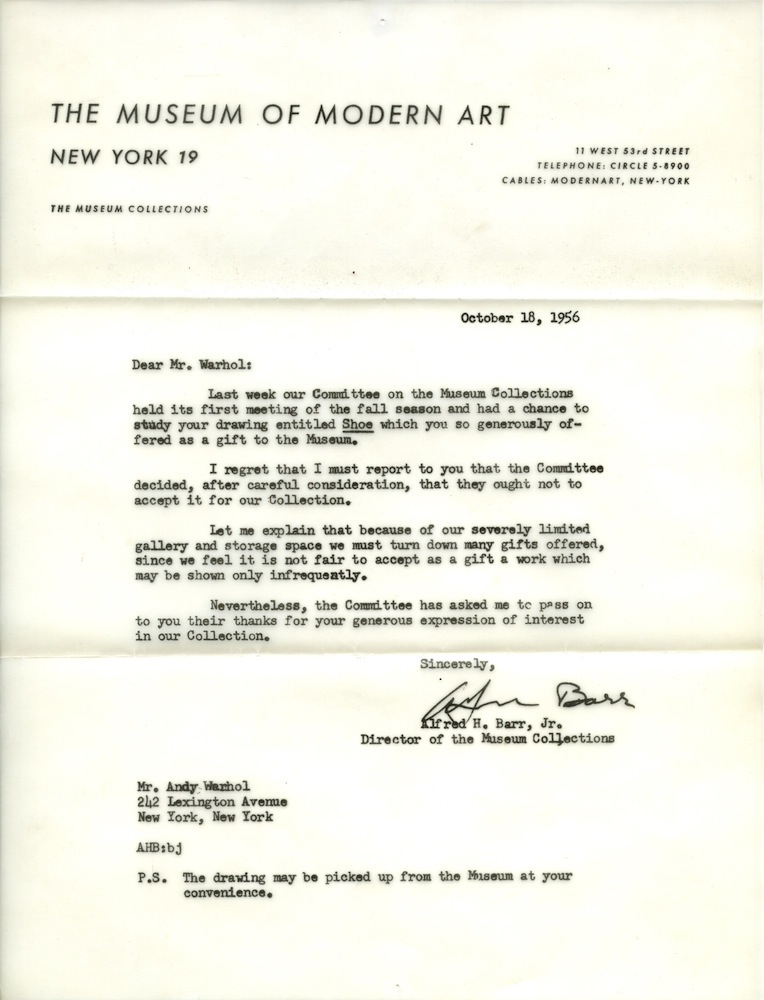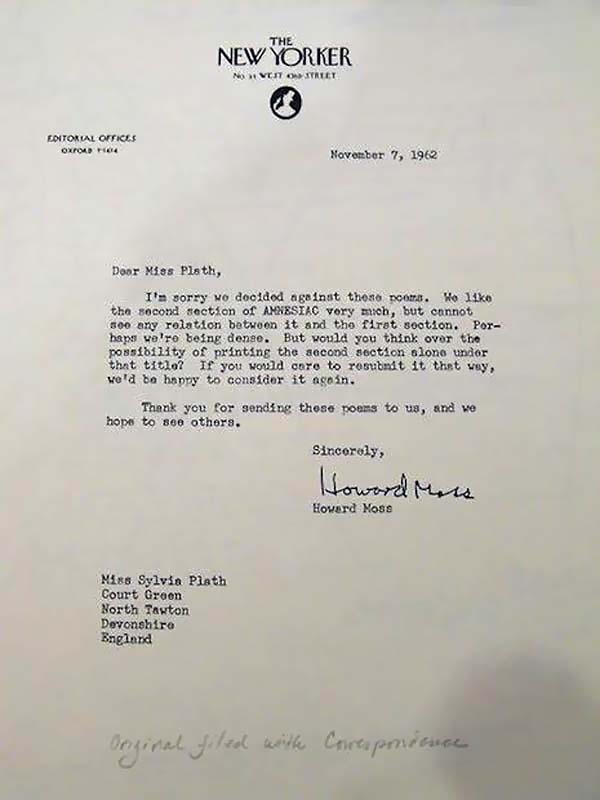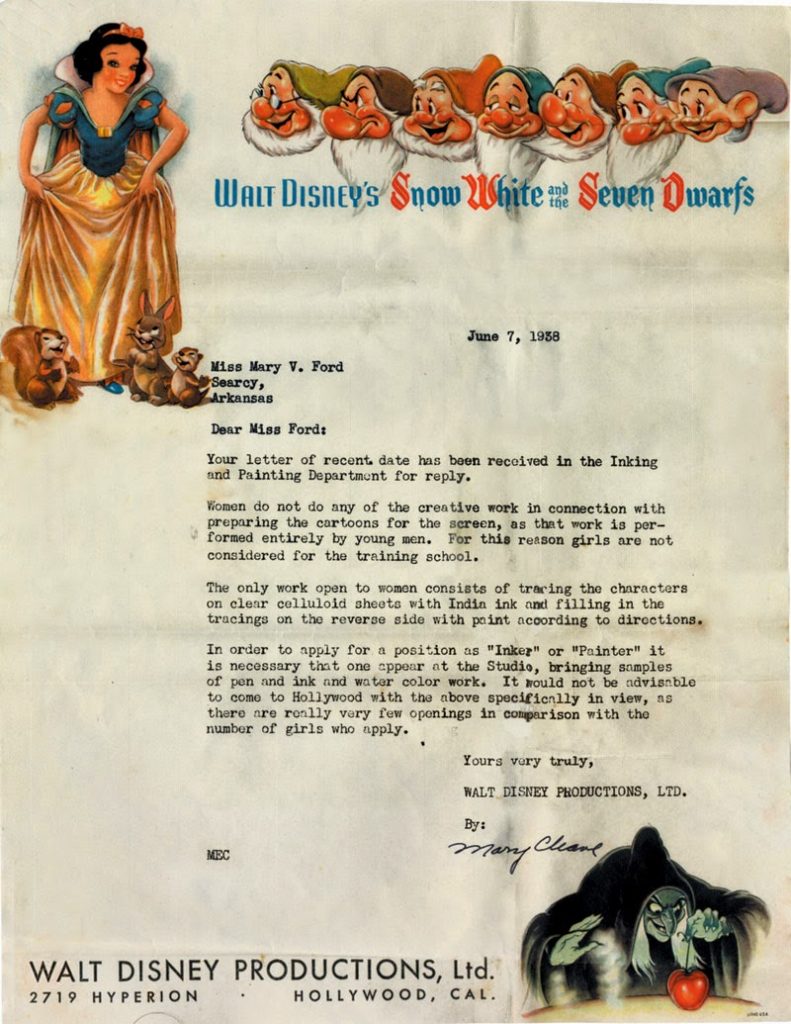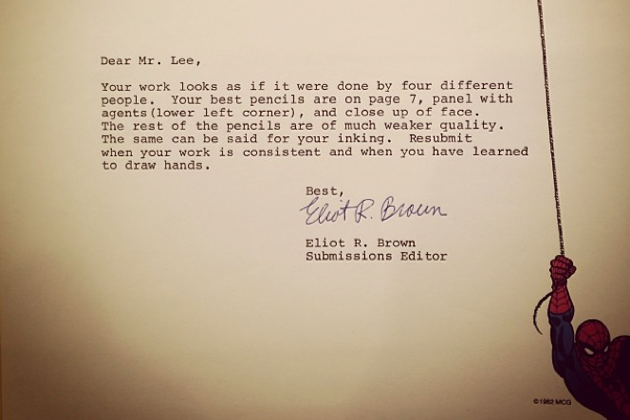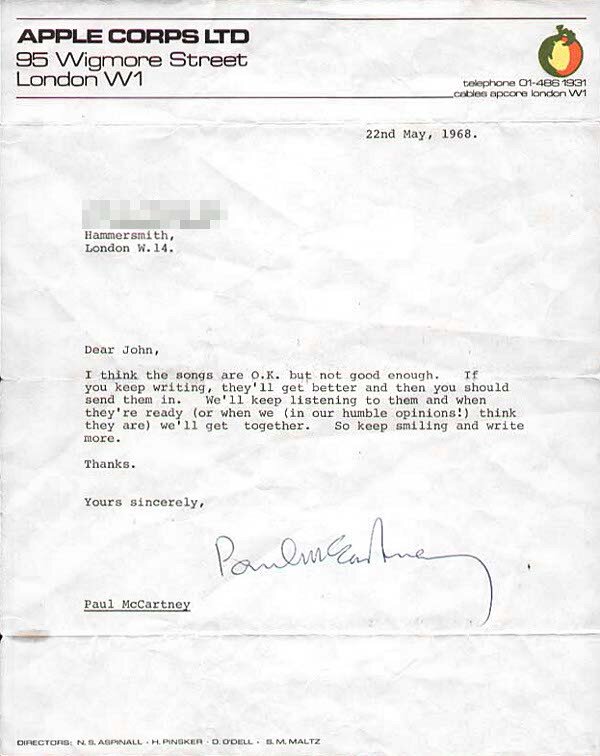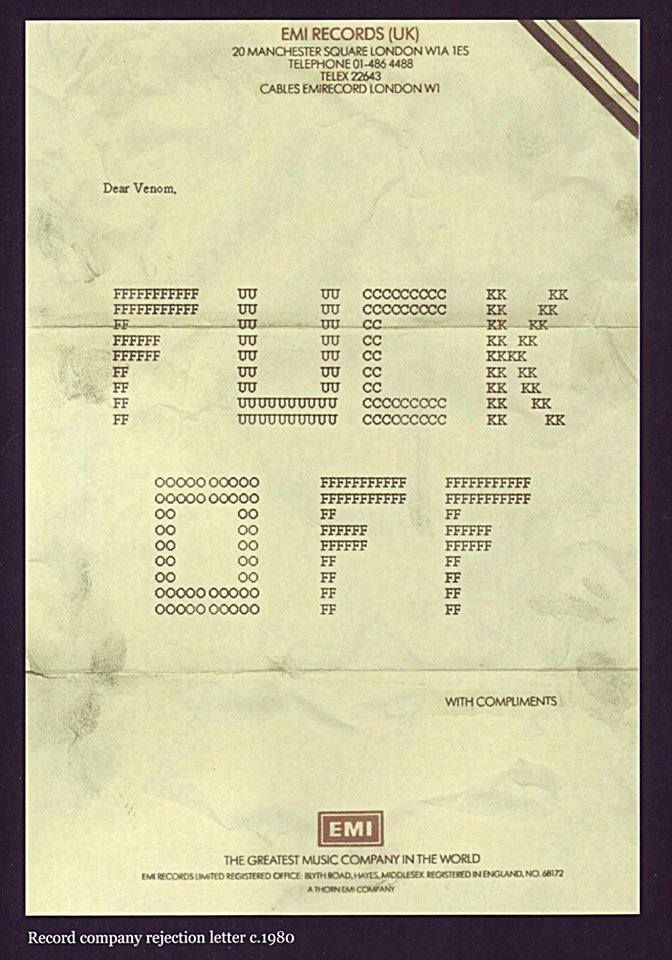We all meet with failure on the path to success, so it’s not failure alone that is the difference between success and defeat. It’s how we handle it.
Sometimes, though, it feels like nothing’s going our way, so it’s good to be reminded that we’re not alone.
Here are eight letters of rejection that didn’t stop their recipients from pursuing their dreams of greatness.
Click the images to see larger versions.
To: J.K. Rowling
From: Constable & Robinson
When J.K. Rowling saw a tweet from a fan lamenting the rejection of her novel, she responded by posting her own rejection letters.
In 2013, Rowling submitted a crime story called The Cuckoo’s Calling to various publishers under the alias Robert Galbraith.
The editor who responded from Constable & Robinson suggested the author take writing classes.
It wasn’t the first time Rowling had been rejected. “I pinned my 1st rejection letter to my kitchen wall because it gave me something in common with all my fave writers!”
The Cuckoo’s Calling was picked up by Sphere Books, and spawned two sequels.
To: Andy Warhol
From: The Museum of Modern Art (MoMA)
In 1956, Andy Warhol couldn’t even give his art away.
As an emerging figure in the new world of pop-art, Warhol was looked down upon by the elitist old guard for most of his career. Six years after they first rejected his work, MoMA held a symposium denouncing the commercialism that Warhol and his peers were embracing.
Today, MoMA owns 168 of his pieces.
To: Sylvia Plath
From: The New Yorker
Even for established artists, the fear of whether an audience will understand your work remains omnipresent.
Take Sylvia Plath. After the success of The Colossus and Other Stories, she had signed a first-look deal with The New Yorker. She received an annual fee regardless of whether her work was published or not, and in the later months of 1962, very few pieces were printed.
“…(we) cannot see any relation between (the second section of the poem) and the first section. Perhaps we’re being dense,” writes Howard Moss, who suggests that they publish the second half of the poem only.
Plath refused, but eventually it was published as such following her suicide the following year.
Though her struggle with depression is well known, rejection was not a factor in it. Plath knew that it was all part of the process. “I love my rejection slips. They show me I try.”
To: Mary Ford
From: Walt Disney Productions
This one’s is likely to make you pretty angry.
In 1938, Mary Ford wrote to Walt Disney Productions requesting to join their animation team.
The response, sent on pretty paper certainly reserved for correspondence with women, reads “Women do not do any of the creative work in connection with preparing the cartoons for the screen, as that work is performed entirely by young men”.
It goes on to say while there are roles for women, Mary shouldn’t be bothered making the effort to apply, as she’d just be one of many ‘girls’ trying to get the job.
While we don’t know if Mary Ford ever received a job at Disney, the letter stands in tribute to the perseverance of women who refused to take no for an answer. That same year, Retta Scott joined the Disney team, and became the first credited woman animator for her work on 1942’s Bambi.
To: Jim Lee
From: Marvel Comics
Brown’s letter of rejection reads rough, but not included here is the post-script encouraging Lee to keep trying.
Rejection can be scary, but those whose job it is to determine the measure of your abilities will never turn you down for the joy of doing so.
Lee could have continued following in his father’s footsteps in the field of medicine, but he kept reading comics and creating his own. He went on to become the co-writer and penciller of the best-selling comic book of all time, and is currently the Co-Publisher of DC Entertainment.
To: Julia Child
From: Houghton Mifflin
https://www.youtube.com/watch?v=lR8xiY-q52k
Publisher Houghton Mifflin encouraged Julia Child to write her cook book, Mastering the Art of French Cooking, until they received a sample and realised the scale which Child was aiming for.
In the end, they didn’t publish it, but it was this rejection letter – now stored at the Radcliffe Institute’s Schlesinger Library – that was responsible for Child coming to terms with what the book needed to be in order to succeed.
She edited it down for another two years, and while the result was still aimed at advanced cooks, it helped establish Child as the face of French cuisine in America.
To: ‘John’
From: Paul McCartney
Nobody knows who John is, or whether he ultimately managed to find success, but this is certainly a fine example of successful stars ‘paying it forward’ in terms of supporting emerging artists.
Note that the letter is dated a mere eight days before The Beatles entered the studio to record The White Album, which went on to be certified 19-times platinum.
To: Venom
From: EMI Records
Yes, this is real.
It seems someone at EMI wasn’t a big fan of Venom, the British band that went on to establish the extreme black metal subgenre, and really wanted them to know it.
Today, EMI distribute Venom’s entire catalogue.
So, see? For many great artists, rejection is only the beginning.

